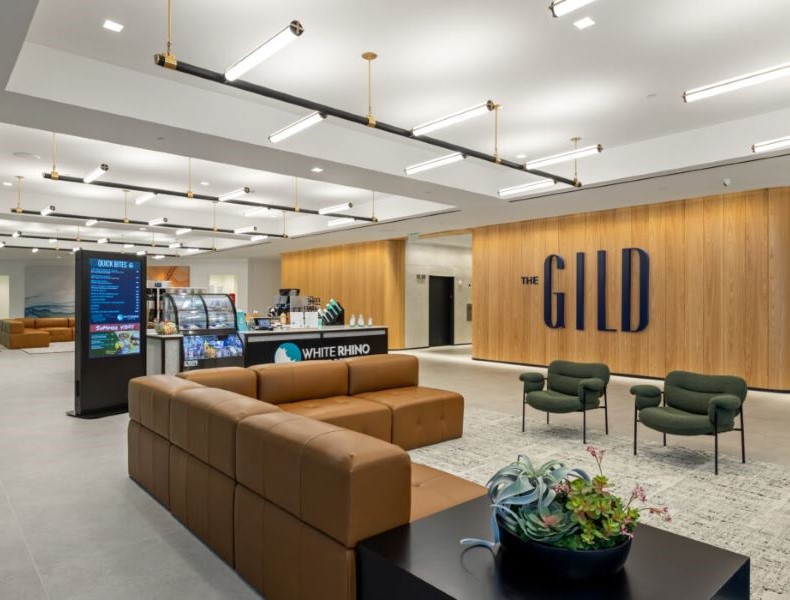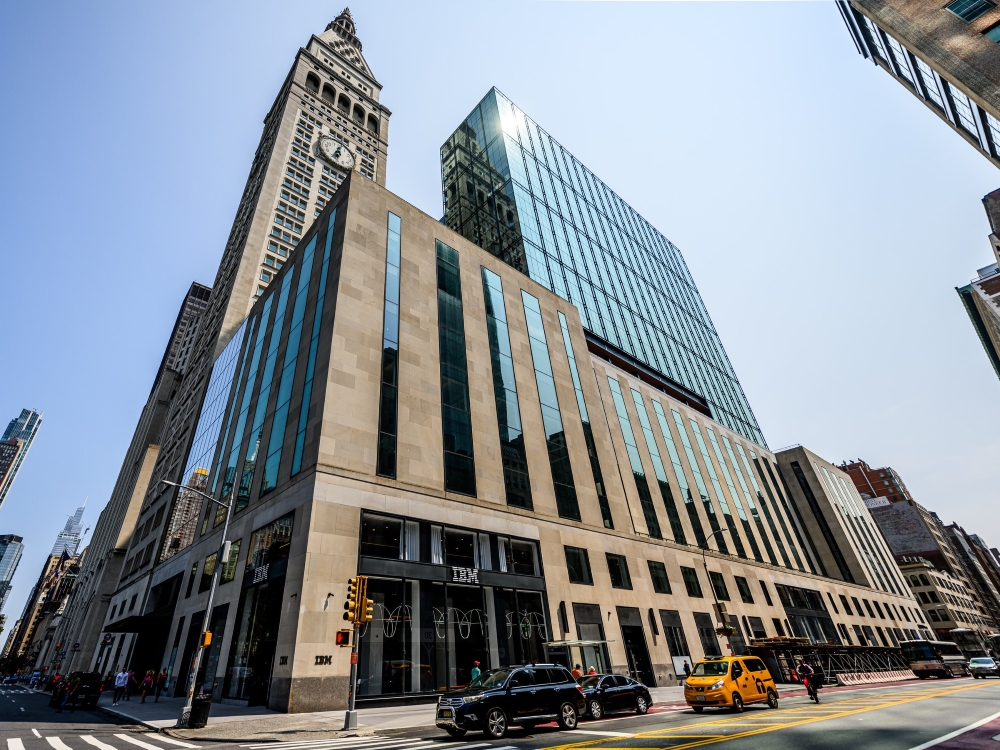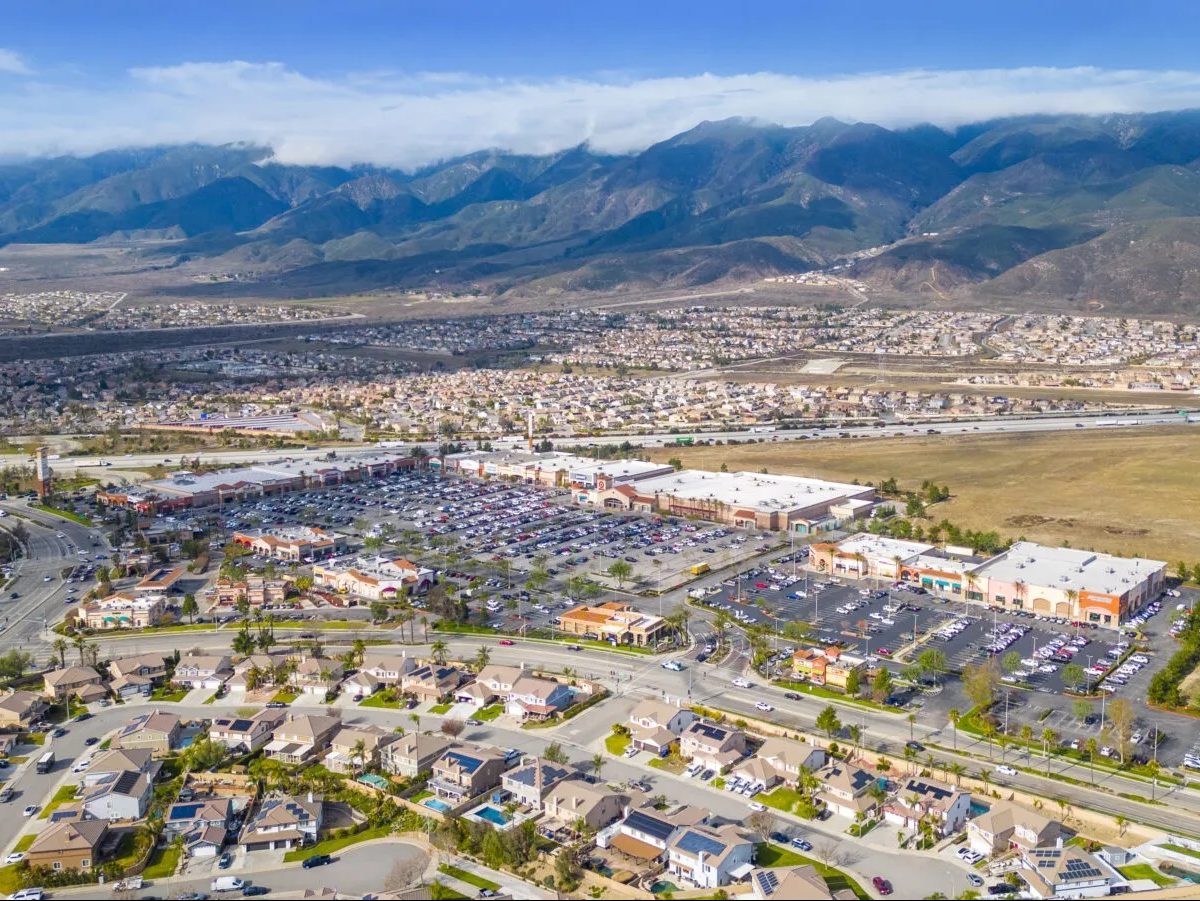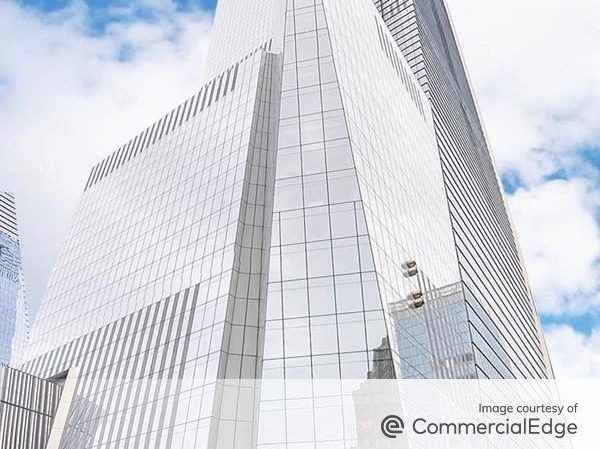Program Improvements
Both general and more targeted certification programs have been undergoing updates in recent months. CPE offers details on the updates each program has made.
Following are updates on the certification activities of existing rating systems, including counts of ratings issued in 2012. First are details on the general commercial programs, and then those of some of the more targeted systems.
The USGBC and the affiliated Green Building Certification Institute had certified just under 15,000 U.S. commercial projects as of mid-March, with total floorspace fast approaching 2 billion square feet. The count grew by more than 3,660 projects totaling nearly 400 million feet last year alone.
Assuming a membership green-light this summer, anyone wishing to adopt LEED v4 under its pilot program will probably be able to do so by the end of the year. But USGBC higher-ups have confirmed that projects can still be registered under the prevailing LEED 2009 version through mid-2015.
LEED v4, in addition to substantial and wide-varying updates of credit scoring, is set to introduce versions of the LEED for Existing Buildings: Operations and Maintenance (EBOM) rating system devised specifically for schools, retail centers, data centers, hospitality properties and warehouses. It further advances environmental footprint issues such as climate change, while more intensely encouraging efficient consumption of energy and water.
As for whether the GSA will diversify by tapping Green Globes and/or LBC in addition to LEED, Diana Fischetti, commercial program manager with the Earth Advantage Institute, thinks taxpayers would be best served by a strategy embracing any of several viable ratings systems that proves most beneficial for any given situation—for instance, depending on a project’s size, function, configuration and location.
“Blanket mandates (to use just one or two) just aren’t going to be cost effective over the longer term,” she suggested.
Green Globes administrator Green Building Initiative bills the system as a “streamlined and affordable” Web-based alternative to LEED. And as has been widely reported, sponsors of the U.S. version of Green Globes intended to make its lumber sustainability requirements less stringent than USGBC has continually required with LEED.
The GBI now administers three commercial modules: Green Globes for New Construction, Continual Improvement of Existing Buildings (CIEB), and a separate CIEB for healthcare properties. Federal agencies, and the Department of Veterans Affairs in particular, account for a huge portion of the CIEB-certified properties.
The GBI since 2006 had certified a bit more than 750 projects—with about 225 coming last year. Another 15 or so had been certified through March, with about 125 more applications pending. While LEED certification requires various mandatory “prerequisite” sustainability-related characteristics in multiple scoring categories, the Green Globes system does not.
The Society of Environmentally Responsible Facilities (SERF) team likewise sought a less time-consuming and costly rating system than LEED—but unlike Earth Advantage and EarthCraft Light (updates below) did not necessarily tailor it toward smaller properties.
Project sponsors handle much of the required assessment activities, then make the property eligible for SERF certification by having a licensed architect or engineer sign off on their work. The system strives for flexibility in accommodating multiple property categories: office, multi-family, retail, industrial, healthcare and institutional.
Since operations commenced in 2010, SERF has certified 66 properties, more than half of which (37) took place as the system caught on better last year. Another nine certifications were in processing at press time. Much of SERF’s activity to date has been in the Midwest and Southeast.
Administrator International Living Future Institute bills the Living Building Challenge system as “the most advanced measure of sustainability possible in the built environment.”
While it can apply to renovations and virtually all structure types and sizes, the program primarily guides sustainable characteristics of new development projects, which must achieve prerequisites focused on seven specific performance areas. Reflecting the stringent requirements, only seven projects have achieved certification since ILFI began rating projects under LBC in 2010.
According to Fischetti, recent analyses have concluded that buildings featuring 50,000 or fewer square feet of floor area account for nearly half of the commercial property sector’s energy consumption—and in fact represent the vast majority of all commercial buildings. But given prohibitive costs of LEED certification, a lot of small projects end up developed to LEED specifications but without going through the formal certification process, she noted.
Accordingly, EAI is now forging relationships beyond its Northwest roots—with an initial eye on the Midwest—working with a growing network of affiliated service firms and individual professionals that will help owners and managers pursue certifications under Earth Advantage Commercial’s new 2.0 version. At costs far below LEED, EAI has certified more than 50 commercial buildings during its early efforts.
And EAI’s active residential operation offers the Earth Advantage Multifamily program, which has likewise certified more than 50 properties totaling well over 2,000 units. Projects including several hundred more apartments are currently under application.
EAI has something of an affordability-minded Southeast regional counterpart in the Southface organization, which has likewise launched rating programs for both small commercial properties and multi-family projects.
The newer EarthCraft Light Commercial program, which is targeted primarily toward development ventures under 15,000 square feet, is up to 21 certified projects. EarthCraft Multifamily, operational for nearly a decade, certified projects totaling more than 5,900 apartments last year—bringing its total well beyond the 17,000 mark.
Designed with the hot and humid Southeast climate in mind, EarthCraft Light Commercial has been active in Georgia, Tennessee, the Carolinas, Alabama and Virginia—with a partner organization providing multi-family certification activities in Virginia and Maryland.
Various stakeholders including the National Association of Home Builders have already been fine-tuning an apartment development and renovation rating system for several years, with the resulting National Green Building Standard administered by Home Innovation Research Labs, until recently known as the NAHB Research Center.
Like their EarthCraft counterparts, the NGBS multi-family team has been quite busy of late, certifying 313 properties totaling just under 5,800 units last year alone. The total tally as of late March came to about 11,150 units within 525 properties, with more than 28,000 additional units in nearly 700 communities in processing.
Compiled by Brad Berton. You’ll find more on rating systems’ advancements in “Color Me Greener” in the May 2013 issue of CPE.












You must be logged in to post a comment.